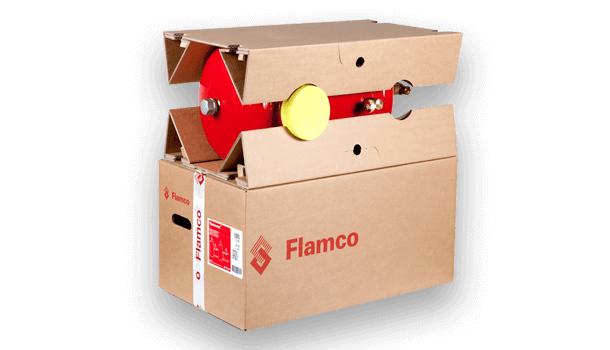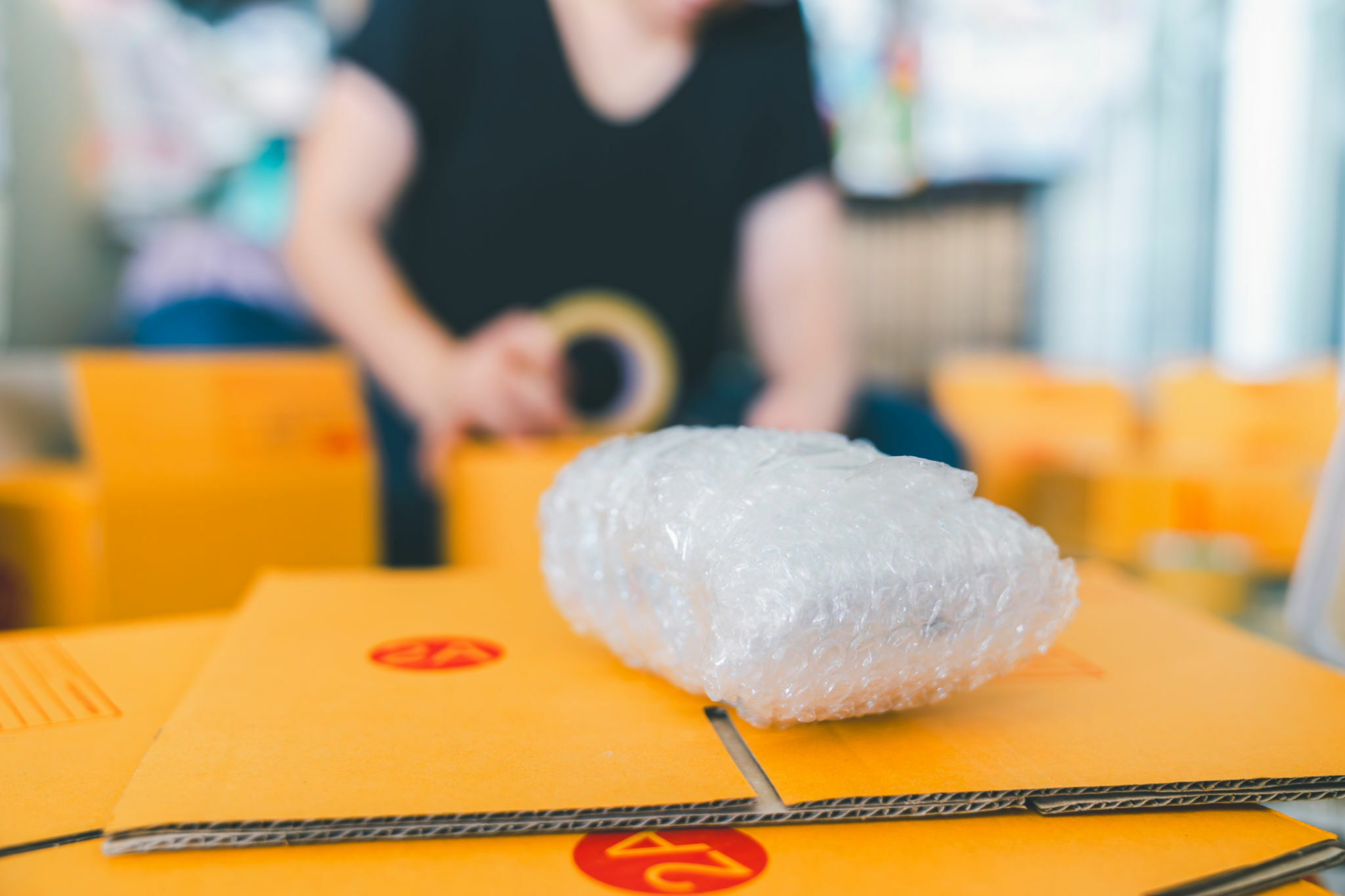Reliable Industrial Recycling Solutions for Sustainable Product Packaging: A Comprehensive Overview
That's where this comprehensive guide on reliable industrial recycling remedies for sustainable packaging comes in. By exploring essential locations such as product packaging material selection, making for recyclability, implementing reusing facilities, collaborating with reusing partners, and monitoring and determining recycling success, this overview will furnish you with the expertise and tools essential to make educated choices and drive favorable change within your company. Whether you're a packaging expert, sustainability supervisor, or merely interested in the topic, this overview will certainly supply valuable insights and strategies to aid you navigate the world of lasting packaging.
Product Packaging Material Selection
The choice of product packaging products plays a crucial function in making sure the sustainability of commercial recycling services. The selection of products is crucial in decreasing environmental impact and maximizing recycling efficiency when it comes to lasting packaging. Selecting the right materials can help in reducing waste generation, preserve resources, and advertise a circular economic climate.
Products like cardboard, paper, glass, and specific kinds of plastics can be recycled several times without losing their top quality. On the other hand, products that are challenging to recycle, such as mixed plastics or non-recyclable composites, can create challenges for the recycling process and might finish up in incinerators or garbage dumps.
Another factor to consider is using eco-friendly and renewable products. Packaging made from sustainable sources, such as plant-based plastics or biopolymers, can help in reducing dependence on nonrenewable fuel sources and reduce environment change. Furthermore, eco-friendly materials break down normally gradually, minimizing the accumulation of waste in land fills.
In addition, the weight and quantity of packaging products ought to be lessened to lower transportation costs and energy intake. Lightweight materials not only need less sources during production however additionally add to reduce carbon discharges throughout transport.
Designing for Recyclability
In order to guarantee the recyclability of packaging products, thoughtful layout is important. Designing for recyclability includes producing packaging that can be conveniently arranged, divided, and refined in reusing facilities. One vital aspect of making for recyclability is the selection of products. Packaging designers should focus on using materials that are extensively accepted for reusing and have actually established reusing frameworks. Materials such as glass, aluminum, and specific sorts of plastic, like family pet and HDPE, are typically reused and ought to be favored over materials that are hard or costly to recycle.
An additional crucial factor to consider in creating for recyclability is the elimination of unneeded elements or materials. By minimizing the variety of layers, finishings, and additional elements, product packaging can be made simpler and less complicated to recycle. In addition, designers should intend to minimize using combined materials, as they can make complex the reusing process.

Implementing Recycling Framework
Efficient execution of recycling framework is vital for the success of industrial reusing services. Without appropriate infrastructure in position, the reusing process comes to be inadequate and inefficient, preventing the overall goal of lasting product packaging.
To execute reusing infrastructure successfully, numerous essential aspects require to be considered. To start with, there should be a well-organized collection system that assists in the splitting up and collection of recyclable products. This can include assigned reusing containers in public rooms, along with partnerships with waste monitoring firms for curbside pick-up and sorting.
As soon as collected, the recyclable products require to be carried to recycling centers in a prompt manner. This calls for efficient logistics and transport networks, making sure that the materials get to the suitable centers right away.
At the recycling facilities, advanced sorting and processing technologies ought to be in location to separate various sorts of products properly. This includes making use of automated arranging equipments, optical scanners, and hand-operated sorting strategies.
In addition, there need to be a robust market need for recycled materials. This can be achieved through collaborations with manufacturers and sectors that make use of recycled products in their manufacturing processes. Creating a secure market for recycled products incentivizes the recycling market and promotes the circular economic situation.
Working Together With Recycling Allies

One key aspect of working together with reusing companions is the facility of clear communication channels. It is necessary to establish open lines of communication to assist in the exchange of details, updates, and responses. This permits both celebrations to stay notified concerning the development of recycling efforts and resolve any obstacles or issues that might emerge.
Furthermore, collaboration can entail joint efforts in applying and developing reusing programs. Recycling partners can provide beneficial insights and support in developing reliable collection systems and figuring out the most proper recycling technologies. By collaborating, organizations and reusing partners can enhance the reusing process and lessen waste.
Additionally, collaboration can expand beyond the functional facets of recycling. It can also encompass campaigning for and education initiatives. By signing up with forces, businesses and recycling companions can increase understanding concerning the relevance of recycling and advertise the fostering of lasting product packaging practices among customers and various other stakeholders.
Tracking and Measuring Recycling Success
To ensure the effectiveness of commercial reusing solutions and the success of sustainable product packaging objectives, it is important for companies and their recycling partners to develop an extensive system for tracking and gauging recycling success (industrial metal packaging). Measuring and tracking reusing success enables companies to examine the influence of their reusing initiatives, recognize areas for improvement, and established meaningful targets for future development
One way to track reusing success is with using information collection and evaluation devices. By collecting information on check these guys out the amount of packaging waste produced, the percent of waste that is reused, and the kinds of products being reused, companies can acquire valuable insights into their reusing efficiency. This data can after that be analyzed to determine trends, patterns, and locations of inadequacy.
Another essential element of tracking and determining recycling success is developing standardized and clear metrics. This allows companies to contrast their efficiency versus sector standards and track their progression with time. Metrics such as recycling rates, waste diversion prices, and greenhouse gas emissions can give a quantitative step of an organization's reusing success.

Final Thought
Finally, carrying out effective industrial recycling options for lasting product packaging calls for cautious factor to consider of packaging material choice, developing for recyclability, applying reusing infrastructure, collaborating with reusing companions, and tracking and gauging reusing success. By integrating these practices, businesses can add to an extra lasting and environmentally-friendly strategy to packaging, reducing waste and advertising the round economic situation.
By exploring vital locations such as packaging material option, developing for recyclability, carrying out recycling framework, working together with recycling partners, and tracking and gauging reusing success, this overview will certainly furnish you with the understanding and tools needed to make informed decisions and drive favorable change within your company. Product packaging developers should prioritize the use of products that are extensively accepted for reusing and have developed reusing facilities.Collaboration with recycling companions is necessary for the effective implementation of commercial recycling options and the accomplishment of lasting packaging objectives. By signing up with pressures, organizations and reusing partners can raise recognition regarding the value of recycling and advertise the adoption of lasting product packaging practices amongst consumers and other stakeholders.
By collecting data on the amount of product packaging waste created, the portion of waste that is reused, and the types of products being recycled, businesses can acquire beneficial understandings right into their recycling performance.